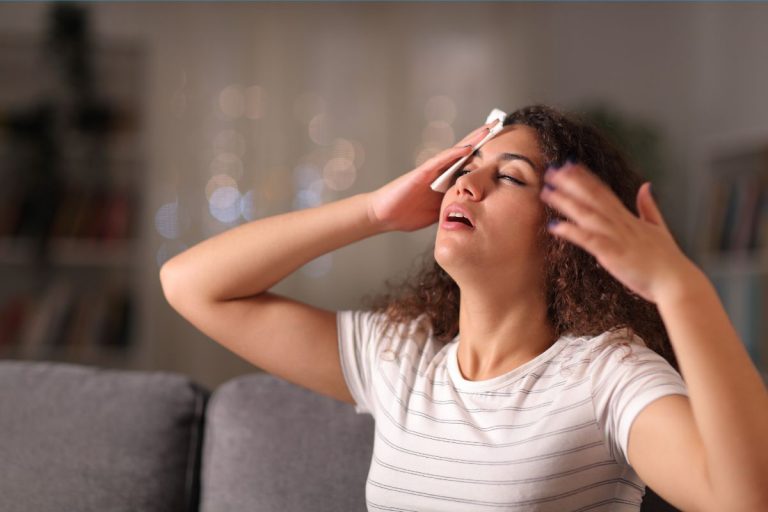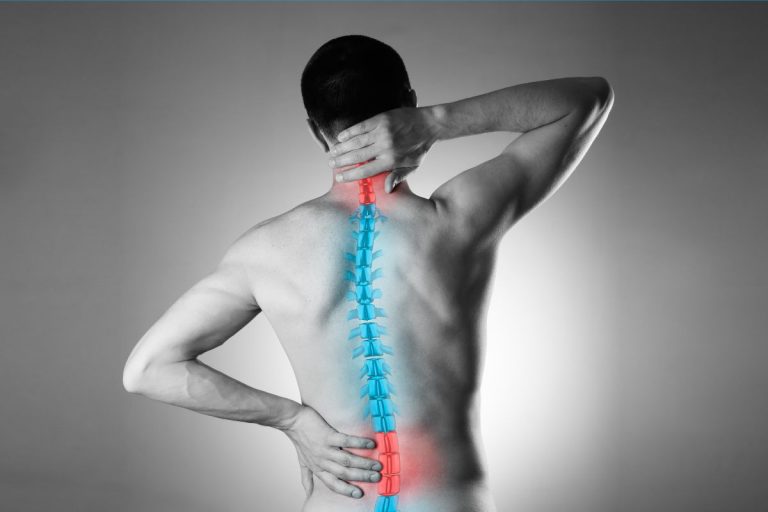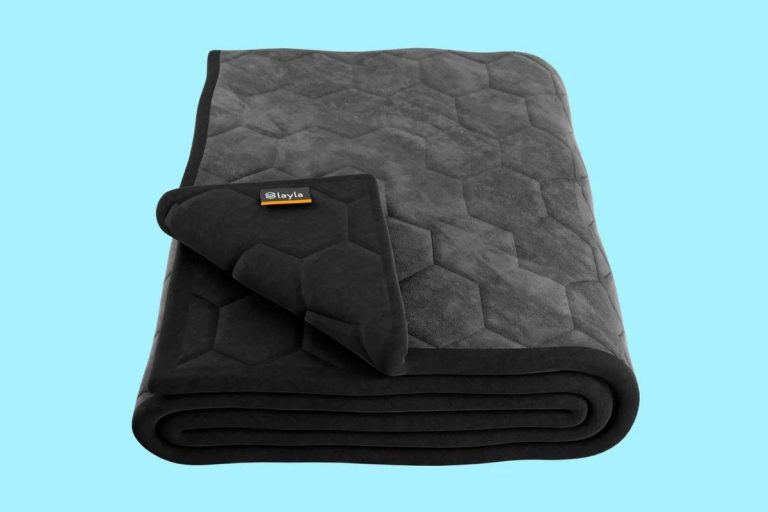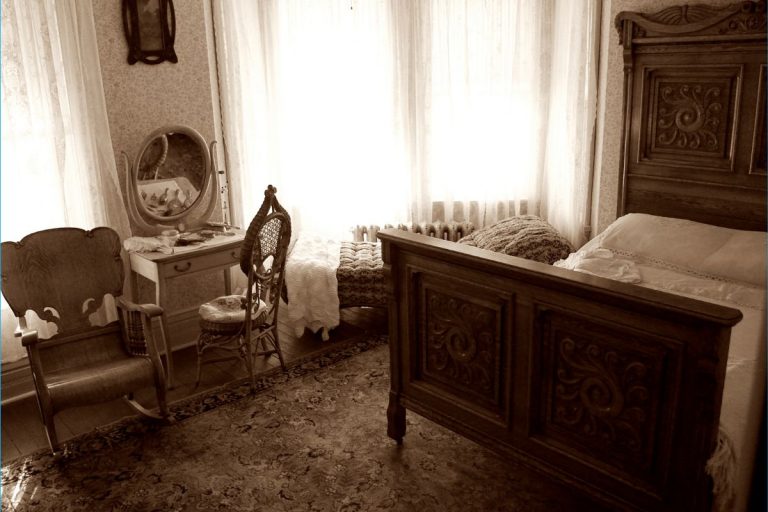One of the most frequent issues with senior patients regards the poor circulation in their extremities. Cold hands, feet, and numbing or swelling of the extremities is a serious problem that is caused by their inability to move around on their own, which surely comes with age.
However, there are ways the family and the caregivers can try to improve the circulation of an elderly patient. In the following paragraphs, we’ll take a look at the best ways to improve and help mitigate the effects of poor circulation. Let’s get started!
Why Do The Elderly Have Poor Circulation?
To understand how can we help our elderly get better, we need to understand why aging causes poor circulation in the first place. Aging is a natural process where the body starts going through numerous and sometimes difficult changes. It becomes weakened, worn out, and the health starts deteriorating. Here are some of the changes people experience as they get old, which may impact the poor circulation later;
- Heart – forms fat deposits, the walls of the heart thicken and the valves become stiff. There can occur the development of arrhythmias or abnormal heart rhythms, as a result of developing heart diseases.
- Blood – as one ages, changes in the blood volume occur. The reason for this lies in the decrease of water in the body, which results in a reduction of volume and a slower rate of red blood cell replacement. Changes in the blood can, therefore, contribute to poor circulation (like having cold hands and feet, or feeling numbness in extremities).
- Susception to diseases – one of the most common health complications in the elderly is diabetes. It is known to be a result of one’s lifestyle choices, like drinking, smoking, or leading a sedentary life. Diabetes is known to contribute to poor circulation and the development of other related diseases.
Signs Of Poor Circulation In Elderly
The symptoms of poor blood circulation can vary from person to person. That is why it is essential to know which signs indicate circulation problems so that one can provide appropriate help and possible treatment.
- Cold hands and feet – this is the most common symptom of poor circulation. If a senior patient has rather cold hands and feet, but the temperature in their environment is comfortable, or even warm, then they’re experiencing poor blood circulation. This is because with age the blood flow slows down, and the blood doesn’t carry the heat to the extremities fast enough to warm them up.
- Numbness and tingling in hands and feet – numbness and tingling occur in extremities after the blood flow has been cut off while holding a certain position. These sensations occur because blood is rushing back into these parts of the body. But, in the elderly, this happens for no apparent reason, which may be a symptom of poor blood circulation.
- Swelling in the extremities – the reason hands and feet start swelling can be numerous, but they usually indicate that there are issues with blood circulation. The swelling occurs when the blood flow is too slows to pass through blood vessels. Because of this, there is pressure, which results in blood within the vessels to leak into surrounding tissues. The result of this process is incredibly poor blood circulation, which requires immediate treatment.
- Leg cramps and pain – cramps and pain in hands and feet can indicate poor blood circulation. This can usually be resolved with some dietary changes because it is suspected that cramps and pain occur due to a lack of nutrients. However, if alongside pain and cramps occur bruises and tight muscles, then the issue might be more severe and could require medical attention.
- Restless Leg Syndrom – this syndrome can be a direct sign of poor blood circulation. If the elderly are struggling with keeping their legs still throughout the day, or even as they sleep, then they probably have poor circulation.
6 Ways We Can Improve Poor Circulation In Elderly
1. Exercise And Activity
We recommend that elderly are encouraged to try and move around as much and possible, as well as to do some light exercising. Here’s what we think would be useful;
- Taking a walk – this is one of the simplest ways to get that blood flowing to the legs. Taking a walk every day can do wonders for poor blood circulation.
- Massaging – by having one’s legs massaged, the circulation can improve significantly. Massage can help the blood reach the feet and eventually transfer the heat to the cold areas.
- Yoga – Yoga isn’t always about complicated exercises. There are a lot of low-impact forms of yoga stretches and activities, that can be suitable for the elderly with poor blood circulation.
- Tai Chi – this ancient Chinese practice can be an excellent way to get the elderly to move around without feeling tired right away. Tai Chi is good for both mind and body and can help the seniors maintain their good circulation as they age.
Overall, the elderly should get at least 30 minutes of daily activity, whether it is walking or doing some light exercises. Only 30 minutes a day can make a significant change and improvement in the circulation and the overall health of a person.
More: 7 Sciatica Stretches for the Elderly to Alleviate Pain
2. Dietary Changes
What we eat eventually starts affecting our bodies and our health. The same applies to the elderly. They’re more likely to experience poor blood circulation if they have a high intake of sugar, sodium, trans fat, and dairy. All of this affects a person’s heart, which in turn affects the blood and eventually results in poor circulation, and cold, tingling feet. To deal with poor circulation, therefore, it is essential to increase the intake of the following foods, according to the American Heart Association;
- Healthy fats – fatty fish, olive oil, avocado
- Fruits – lemons, oranges, pomegranate, berries
- Leafy greens – spinach, kale, cabbage, lettuce, arugula
- Veggies – tomatoes, peppers, onion, beets, garlic
- Nuts – walnuts, almonds, pistachios
- Spice – cayenne pepper, turmeric, ginger
Alongside dietary changes, it is important that the elderly get enough water daily. Proper hydration can affect poor circulation significantly since it affects the volume of the blood and clears it of any impurities. Staying hydrated is extremely important in keeping the body healthy and the blood flowing.
For the elderly, 8 glasses of water daily should suffice in keeping them hydrated and well.
More: 14 Best Foods To Eat (And 8 Foods to Avoid ) Before Bed For Better Sleep
3. Vitamin Supplementation
Healthy foods, like fruits and veggies, are loaded with vitamins and minerals. But, even then, some people don’t get the required daily intake of essential vitamins. Elderly people need to take vitamin supplements which can promote blood circulation and help them feel better and resilient.
Of course, before taking any supplements, it is essential to talk to one’s health care provider and see whether they approve of it and whether the supplements may interact with one’s prescribed medication. But, if the doctor approves of the supplements, here’s what the elderly should take;
- Vitamin C and E
- Magnesium
- Omega-3 and -6 fatty acids
- B-complex vitamins, or niacin and B6
- Curcumin
- L-arginine
- Resveratrol, etc.
These vitamins reduce inflammation in the body which can be a cause of poor blood circulation. Curcumin, for example, encourages better blood flow, while vitamin C promotes circulation.
4. Feet Elevation
The position in which an old person spends their day can affect their circulation significantly. That is why it is essential, especially in the case of a sedentary lifestyle, to help the elderly regain their circulation by elevating their feet from time to time. A slight elevation of the feet can release the pressure in the blood vessels and allow the blood to flow freely to the feet almost immediately.
Feet elevation should be done regularly, especially if the person experiences swelling of the legs and feet. To ensure that the feet stay elevated and that the person is comfortable, try to place a few soft pillows under the legs and feet while they’re lying on the back.
Know More: The 8 Best Leg Elevation Pillows in 2023
5. Compression Socks
There are socks out there specially designed to improve circulation and promote blood flow in the elderly. These are the so-called compression socks or stockings which are designed to snuggle around the feet, keep them warm and ensure the blood is flowing smoothly to every part of the feet. The socks are usually calf-high and feature a stretchy material that gently squeezes around the lower part of the legs and the feet.
Luckily, compression socks are easily available. You can buy them at pharmacies, specially designed stores that sell medical equipment for the elderly, or the Internet. We recommend you check out compression socks on Amazon or online stores like Best Compression Socks Sale. The socks are relatively affordable, as the prices range from approximately $10 to $30 for active, calf-high compression socks.
Also Read: Sleeping with Compression Socks on: Yay or Nay (2023 Updated)
6. Hydrotherapy
Hydrotherapy can be efficient when it comes to improving poor blood circulation in the legs. This kind of water therapy can promote a healthy and smooth blood flow, especially in the elderly or people who lead a sedentary lifestyle. The best form of hydrotherapy for circulation is doing a warm/hot water soak. Soaking the feet or the legs in warm/hot water can be incredibly relaxing for the elderly, reduce stress and of course, encourage blood flow.
The reason for this lies in the fact that warm water encourages the blood vessels at the very skin surface to expand or dilate. This, in turn, allows better blood flow to the feet and increases circulation in extremities.
To make the therapy even more effective, one can add some magnesium to the water. Magnesium can improve the cardiovascular effects of the therapy, as well as promote blood flow. Overall, hydrotherapy is an efficient and inexpensive way to help someone improve their blood circulation in an instant.
Final Thoughts
Getting old sucks, and one simply needs to be prepared that their bodies won’t work as well as they used to. Poor blood circulation, luckily, can be managed and dealt with, thanks to modern medical assistance and some ancient exercising forms.
However, as much as activity is important, elderly people also need to know that lying down is just as important. Getting a good night’s sleep and maintaining a proper sleeping position can also help leg circulation. It is only important to keep the feet elevated and use a good pillow. And with good sleep, one is immediately ready for the next day’s activities.





